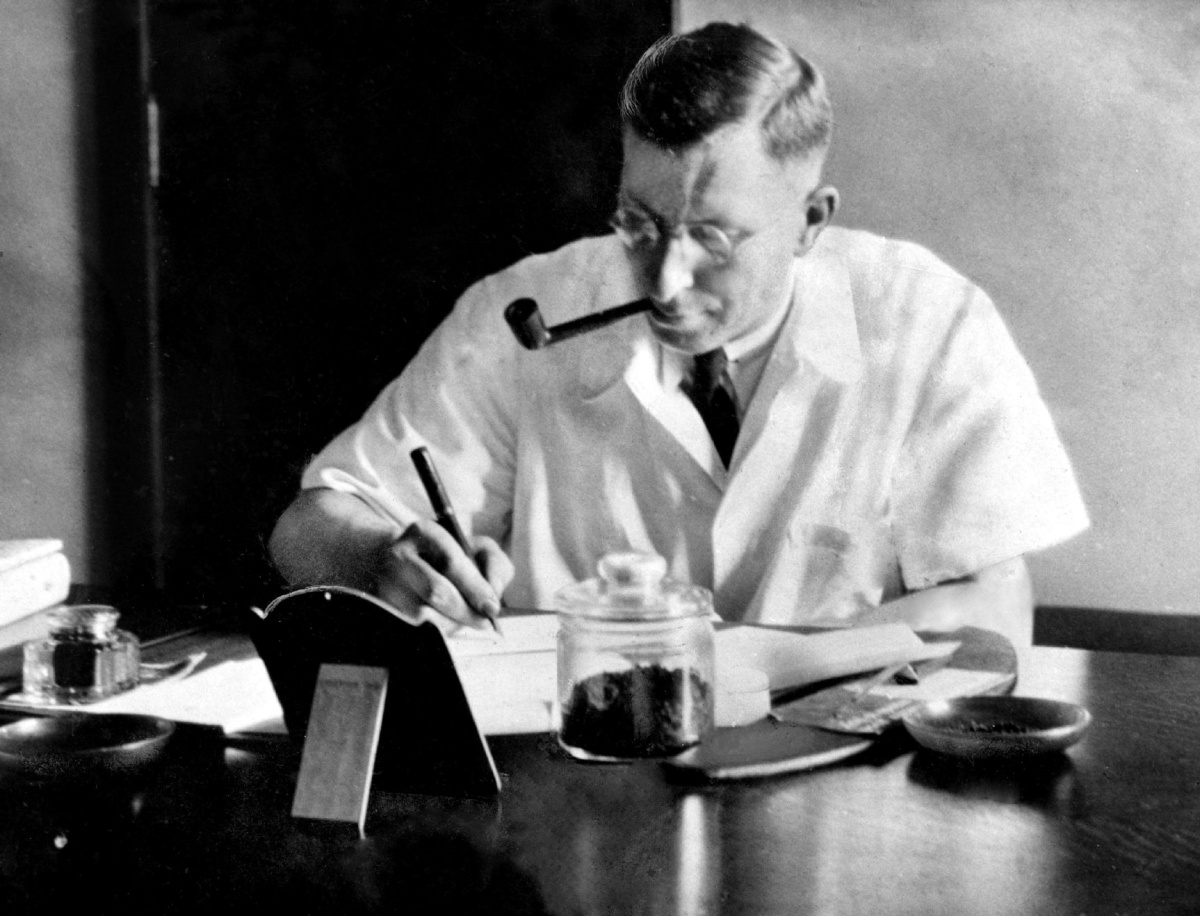Home > Sections > Famous Scientists > Sir Fred Banting
Sir Fred Banting
Life Details
Born: November 14th, 1891. Died: February 21st, 1941.
Introduction
A Canadian scientist that gave us the discovery of Insulin, and it's therapeutic potential. He tragically died during World War Two, while en route to England in 1941.
Early Life
The youngest of five children, Sir Frederick Grant Banting was born in a farmhouse in Allison, Ontario. For his entire life, he was a student of medicine, and first studied medicine in 1912 for two years.
He joined the Canadian army in 1915, where he spent the next year graduating as a doctor, and was accepted to the army in December 1916, to help with the war effort. Despite being injured in 1918, he was able to help others until told to stop for almost 16 hours.
He was licenced to practice medicine by the Royal College of Physicians in London, and moved back to Canada to train further.
Medical Research
Banting was to hold a talk on the pancreas in 1920, and found research by other scientists that he collated together. This research showed that diabetes resulted from the lack of protein, which Edward Schafer had named "insulin". Other works suggested the difficulty of removing the hormone from the pancreas, but this would help with further research.
Moses Barron published documentation in 1920 describing that closure of the pancreatic duct by ligature would enable the release of insulin cells in the body to be extracted, via the islets of Langerhans. This would be where Banting would point his research at.
Experiments by Banting and Charles Best, a student of J.J.R. Macleod continued by using dog pancreas, but they couldn't get enough insulin for their experiments, so further thought led them to use fetal pancreas. These were obtained from cattle from a slaughterhouse. They could also be removed from adult pancreas.
This sourcing of insulin was carried out up until the later part of the 20th Century, when synthetic insulin began to be produced.
Other Works
He was also at the hand of what we now call a G-suit, the suit aviators wear to help them go through high G-forces in flight. He helped Wilbur Franks with the design of the suit during World War Two.
He also worked on research around mustard gas wounds, even testing treatment on his own body to make sure they worked.




